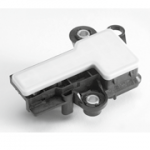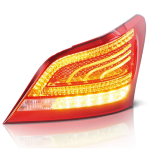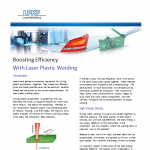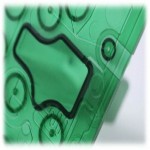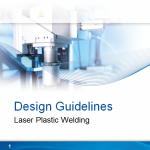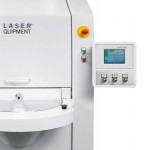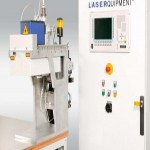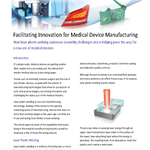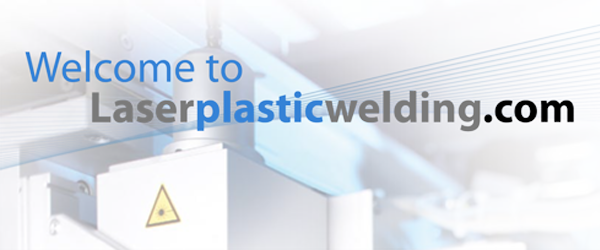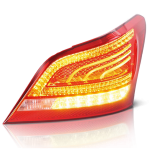Small automotive sensor housings are the bread-and-butter application for laser plastic welding to date. Hermetically sealed, durable and clean joints prove laser welding is the right solution for the auto electronics industry.
Author Archive
Form v. Function
Why Not Both?
Car headlights and tail lamps have traditionally been glued or hot plate welded. However, with greater emphasis on break and head lamps, these methods are becoming outdated. Adhesive bonding, although capable of providing a clean look, leaves weak seals that eventually degrade and result in condensation. And, although, hot plate welding can produce a longer lasting bond, the lack of precision has car lamp designers in need of a solution with some aesthetic capabilities.
Boosting Efficiency with Laser Plastic Welding
Lasers have gained an excellent reputation for joining plastic components together. They create very efficient joints and boast qualitative as well as economic benefits. Please see the article on the current state-of-the-art, or science, for laser plastic welding below.
LQ-Vario MF
The LQ-Vario MF is a specialized version of the standard LQ-Vario system. The MF version is specially designed to weld microfluidic devices. Microfluidic devices require extremely precise and accurate welding. The MF series Vario is outfitted with a special fiber laser that is capable of producing beam spot sizes as small as 0.07mm in diameter, a necessity when looking to produce fine weld seams such as the ones required by microfluidic devices.
Design Guidelines Webinar
A technical webinar for engineers designing parts for laser plastic welding. This webinar will cover the factors that affect plastic welding, material considerations, part design requirements and clamp tooling considerations.
LQ-Power System
The LQ-Power is a stand-alone welding system. Designed for production use, the Power is a workhorse. Designed slightly larger than other stand-alone units the Power is capable of making use of all of the technologies and capabilites available to welding systems, including: pyrometers, reflection diagnosis systems, larger optics sets (larger scan fields) and camera-assisted vision systems.
LQ TwinWeld 3D
With a robotic arm guided laser source, this system is designed for large parts and complex shapes. Did someone say car tail lights? The hybrid technology integrated into this systems sets it apart from the mix of other laser welders. Hybrid technology takes advantage of halogen lamps to provide polychromatic heating to the both welding partners. This added heat helps stabilize the plastic for the welding process as well as remove the need for an annealing process post-welding.
LQ-Integration
The LQ-Integration is a versatile system designed to integrate seamlessly with any automation/production line. The welding head is separated from the main control cabinet. The system comes with all of the benefits and capabilities of a stand-alone laser plastic welding system such as process monitoring controls, versatile software and state-of-the-art clamping technology.
Facilitating Innovation
It’s simple really. Medical devices are getting smaller. Well, maybe more accurately put, the demand for smaller medical devices is becoming larger.
Trends such as minimally invasive surgery and the rise of microfluidic devices, coupled with the advent of manufacturing technologies that allow for production of such ultra-precise designs, are driving innovation and challenging the status quo in the medical industry.
